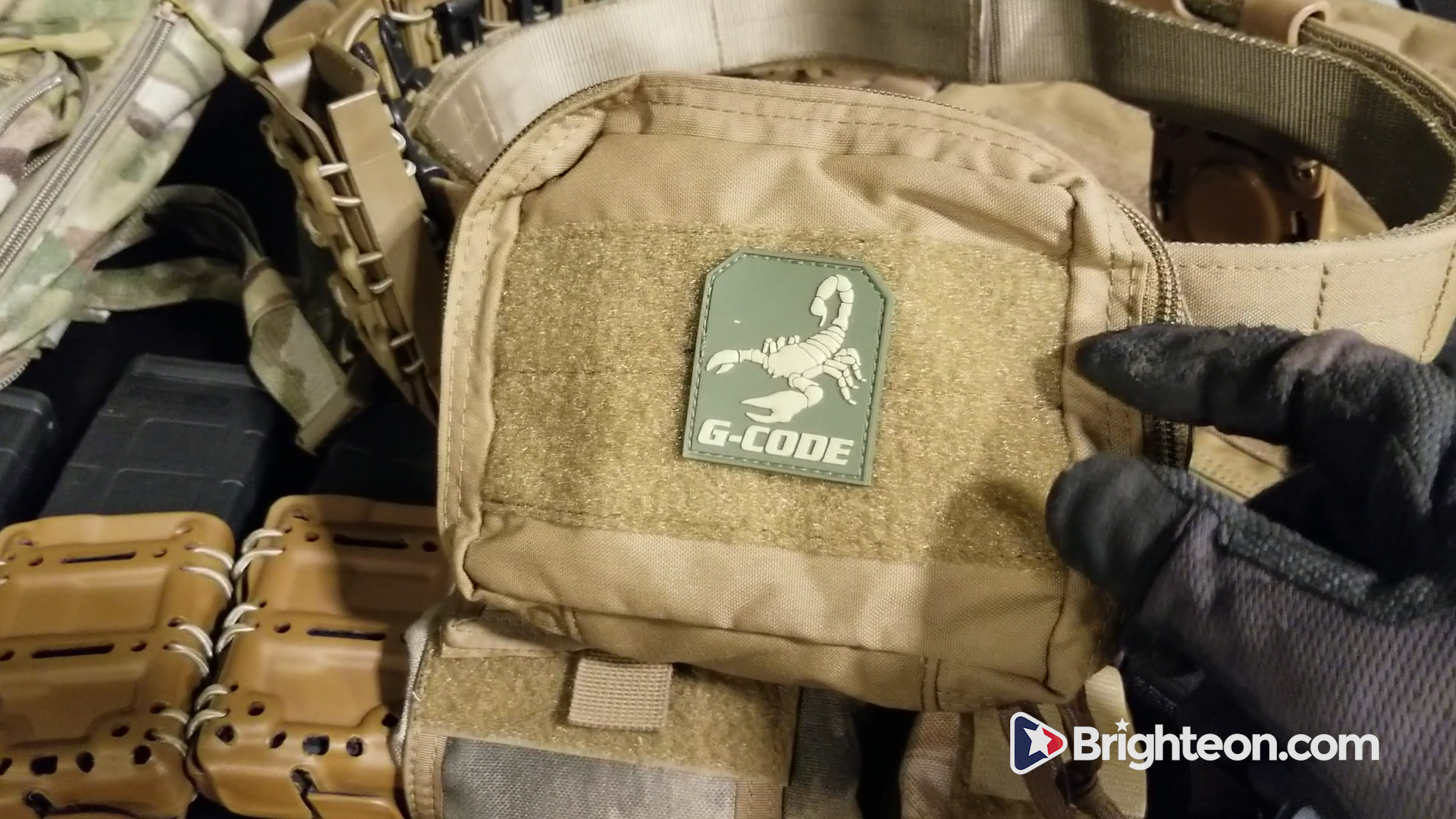Y2K-like software glitch takes down NYC communications system, proving vulnerability of modern society to programming mistakes
04/18/2019 / By Ethan Huff

Multiple communications platforms throughout New York City reportedly went offline on April 6 due to a Y2K-like bug known as “GPS Rollover,” which took down traffic lights, meter readers, license plate readers and various other automated systems, the news is reporting.
The software glitch affected what’s known as NYCWiN, an integrated control grid that’s used for all sorts of automated tasks that are responsible for keeping NYC up and running. According to Stephanie Raphael, a spokeswoman for the NYC Department of Information Technology and Telecommunications, a number of “elements” within the NYCWiN system became inoperable after the bug engaged itself.
“We’re working overtime to update the network and bring all of it back online,” Raphael told the media. “No critical public safety systems are affected by this brief software installation period, and we’ve taken several steps to make up for the disruption to the few isolated tools affected,” she added.
What basically happened is that the Global Positioning System utilized by NYCWiN, which is supposed to keep track of time in weekly intervals, as well as every 1,024 weeks, or roughly 20 years, reset itself, as it was supposed to – but this threw the system into disarray. NYC knew the reset was coming, and had been warned in advance about potential problems by the Department of Homeland Security (DHS) – but like with the Y2K bug, nobody really knew the extent of the problems that would ensue.
“The situation shows a real need to do some serious oversight on NYCWiN more broadly,” stated City Councilman Brad Lander, who sits on the council’s technology committee. “What are its goals, what is its critical function, and why are we paying for it?”
Sponsored solution from the Health Ranger Store: The Big Berkey water filter removes almost 100% of all contaminants using only the power of gravity (no electricity needed, works completely off-grid). Widely consider the ultimate "survival" water filter, the Big Berkey is made of stainless steel and has been laboratory verified for high-efficiency removal of heavy metals by CWC Labs, with tests personally conducted by Mike Adams. Explore more here.
Is the NYCWiN system just a backdoor control system for Big Fed?
According to the New York Police Department (NYPD), the glitch didn’t affect police officers too badly, as most of the license plate readers it uses don’t rely on the NYCWiN system anyway. Further, the department was already prepared for potential problems, and had sent out patrol cars in advance with operable license plate readers to multiple key areas as part of its “contingency plan.”
It seems that the glitch has a similarly minimal impact on other departments, some of which have expressed confusion as to why the city continues to use NYCWiN – which costs NYC roughly $37 million annually in order to be “maintained” by defense contractor Northrop Grumman. When NYCWiN was first installed back in 2009, it apparently cost NYC a whopping $500 million – and for what purpose?
“We’ve got a lot of questions to ask,” added Lander. “Why did we renew it? If most of the police department scanners are operating without it, then why are a small number of scanners operating with it? What seems more likely is it’s not a mission-critical system. We ought to be migrating to other, cheaper platforms.”
America is far too reliant upon computer systems, and not reliant enough upon living, breathing human beings
Whatever the intended purpose of NYCWiN, it’s clearly not living up to all the hype. Not only is it expensive, but it’s also apparently not that useful, which is why some New Yorkers are now expressing opposition to its continued use.
The failure of NYCWiN also shows how far too many essential services and the systems that run them are being linked up to automated platforms that, when things don’t go exactly as planned, can have a cascading failure effect. What was once controlled by actual humans is now being controlled by robot systems that, as we’ve seen recently, are not exactly reliable when things hit the fan.
Take the Boeing 737 Max airplanes, for instance, that had to be grounded after the automated systems that Boeing built into their framework failed, causing at least one commercial aircraft to plummet and crash for no apparent reason.
We now know that the automated systems that Boeing built into the 737 Max arrived with a “glitch” that can cause the autopilot system to misinterpret the plane’s altitude – something that, because Boeing made it harder for pilots to override such mistakes, ended up resulting in hundreds of tragic deaths.
President Donald Trump tweeted about the dangerous push for more of this type of “artificial intelligence,” which increasingly controls our day-to-day lives, putting public health at risk.
“Airplanes are becoming far too complex to fly,” Trump wrote. “Pilots are no longer needed, but rather computer scientists from MIT. I see it all the time in many products. Always seeking to go one unnecessary step further, when often old and simpler is far better.”
“Split second decisions are needed, and the complexity creates danger,” he added. “All of this for great cost yet very little gain. I don’t know about you, but I don’t want Albert Einstein to be my pilot. I want great flying professionals that are allowed to easily and quickly take control of a plane!”
For more news about AI, visit AISystems.news.
Sources for this article include:
Tagged Under: 737 Max, AI, artificial intelligence, automation, autopilot, Boeing, bug, chaos, Collapse, emergency services, Glitch, GPS, GPS Rollover, grid down, NYCWiN, SHTF, Software, software glitch, systems, technology, vulnerabilities, Y2K
RECENT NEWS & ARTICLES
COPYRIGHT © 2017 COLLAPSE.NEWS
All content posted on this site is protected under Free Speech. Collapse.news is not responsible for content written by contributing authors. The information on this site is provided for educational and entertainment purposes only. It is not intended as a substitute for professional advice of any kind. Collapse.news assumes no responsibility for the use or misuse of this material. All trademarks, registered trademarks and service marks mentioned on this site are the property of their respective owners.




















